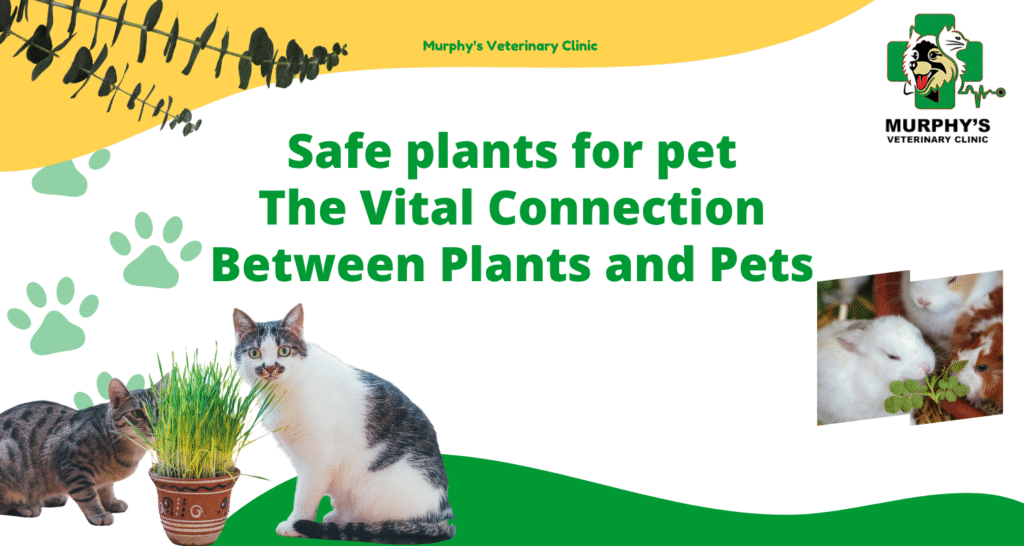Emergency & First Aid, Environment & Pet Care at Home, Health & General Care
Safe plants for pet : The Vital Connection Between Plants and Pets
Topics covered in this article:
- Beneficial Outdoor Plants for Pets
- Toxic Plants to Keep Away from Pets
- Symptoms of Plant Poisoning in Pets
- First Aid Steps After Plant Poisoning
- How to Choose Safe Plants for Your Pet
- Conclusion
The vital connection between plants and pets is essential knowledge for every pet owner. Many plants, whether in your garden or inside your home, can have either healing benefits or toxic effects on animals. Without the right awareness, your pet may be exposed to serious health risks. Understanding which plants are safe or dangerous is the foundation of ensuring a healthy home. In this guide, we help you identify safe plants for pet, learn the signs of toxicity, and know what actions to take in an emergency. With the right choices, you can enjoy greenery without risking your pet’s well-being.
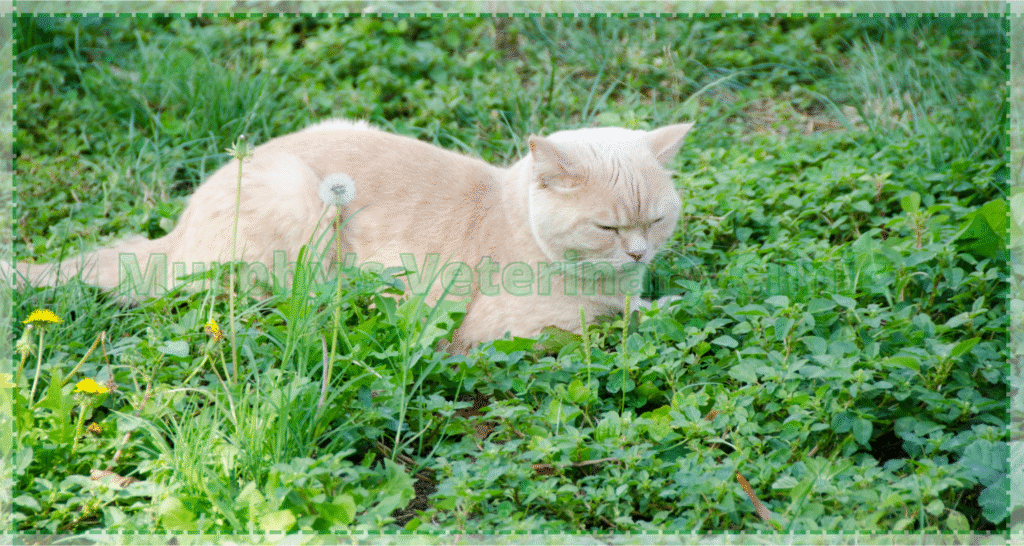
Beneficial Outdoor Plants for Pets
Some native plants in Oman offer health benefits for animals when used correctly. These plants can support digestion, reduce anxiety, or help prevent skin infections. Used in moderation, they are a natural part of caring for animals. Including them in your garden is a great way to introduce safe plants for pet in outdoor areas.
| Plant Name | Benefit for Pets | Natural Habitat | Usage Advice |
| Rosemary | Skin cleanser, anti-itch | Sunny gardens | External use only |
| Chamomile | Stress relief, digestion aid | Hills and gardens | Mild tea under guidance |
| Cat Grass | Hairball control | Indoor pots or yards | Safe in small portions |
| Oregano | Antibacterial air freshener | Mountains and wild spaces | Keep dried, not chewed |
| Mint | Freshens breath, aids digestion | Shady patios or pots | Avoid large consumption |
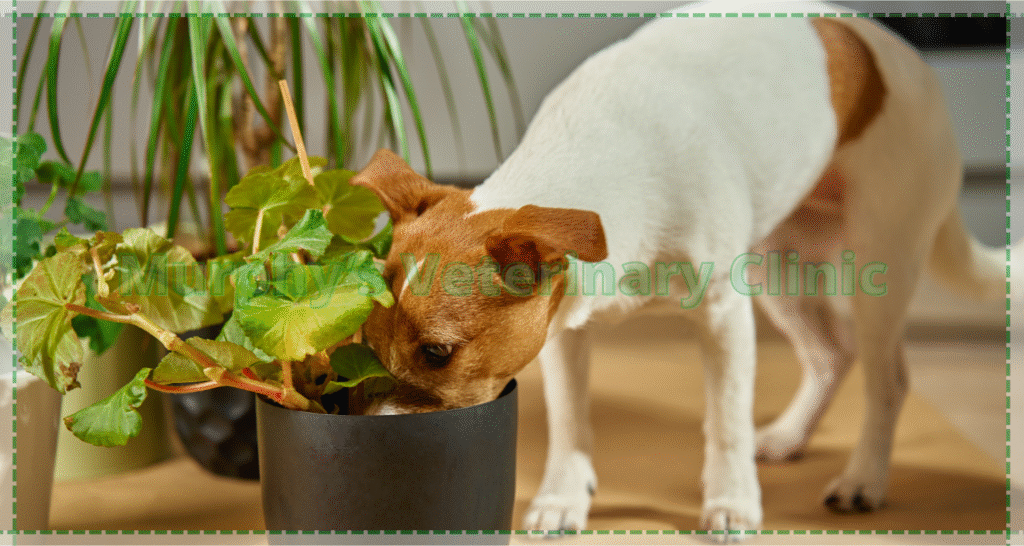
Toxic Plants to Keep Away from Pets
Not all beautiful plants are pet-friendly. Some species common in Oman are highly toxic and can cause severe poisoning. To ensure you’re using safe plants for pet, you need to know which ones to completely avoid.
| Plant Name | Toxic Part | Symptoms in Pets | Danger Level |
| Oleander | Leaves and flowers | Vomiting, tremors, low heartbeat | Extremely high |
| Lily | Entire flower | Kidney failure in cats | Fatal for cats |
| Philodendron | Leaf and stem | Mouth swelling, salivation | Moderate-high |
| Aloe Vera | Latex in leaf | Diarrhea, fatigue | Moderate |
| Snake Plant | Whole plant | Nausea, stomach irritation | Considerable |
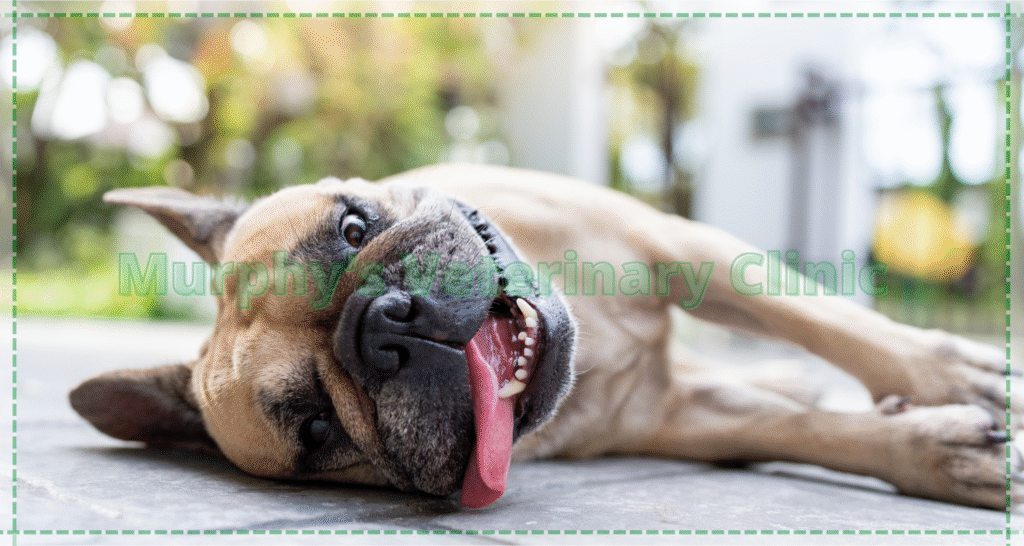
Symptoms of Plant Poisoning in Pets
One essential step in identifying safe plants for pet is knowing when your pet may be suffering from poisoning. The earlier you detect symptoms, the higher the chance of recovery. Here are key signs to watch out for:
- Vomiting or Nausea
Appears shortly after the pet eats a harmful plant. - Drooling or Foaming
Due to irritation in the mouth or digestive tract. - Swollen or Red Mouth
Common when chewing plants like philodendron. - Behavioral Changes
Sudden anxiety, fatigue, or unresponsiveness. - Diarrhea or Constipation
Signs of gastrointestinal distress from toxins.
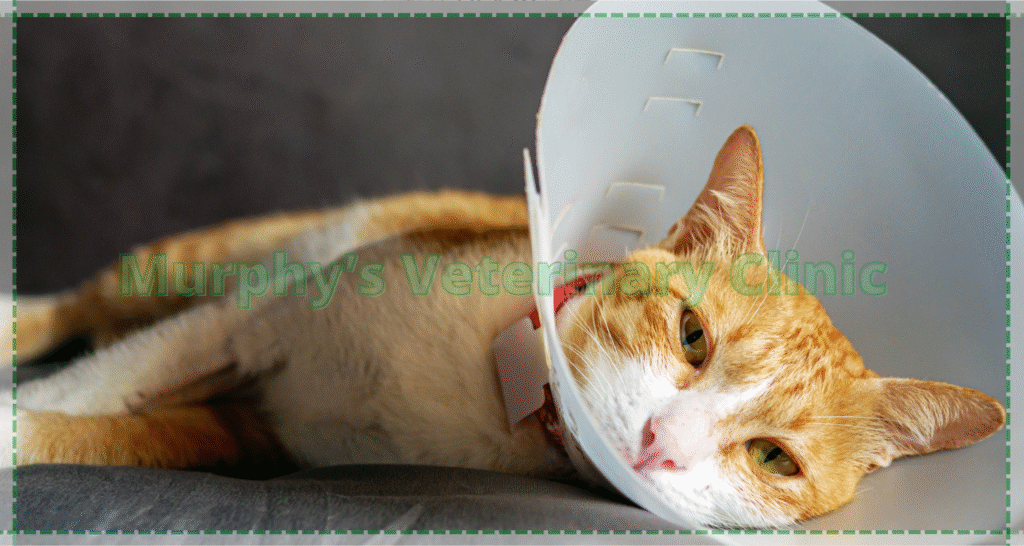
First Aid Steps After Plant Poisoning
Fast response is crucial when a pet has been exposed to a toxic plant. Do not wait for the symptoms to worsen. While treating symptoms, take note of the plant involved. Prevention is part of maintaining access only to safe plants for pet.
- Remove All Plant Material
Take away remaining leaves or stems immediately. - Rinse the Pet’s Mouth
Use clean water or a damp cloth. - Monitor Vital Signs
Check temperature, breathing, and alertness. - Call Your Vet
Share plant details and symptoms for quick action. - Visit the Clinic
Emergency care may be needed within minutes.
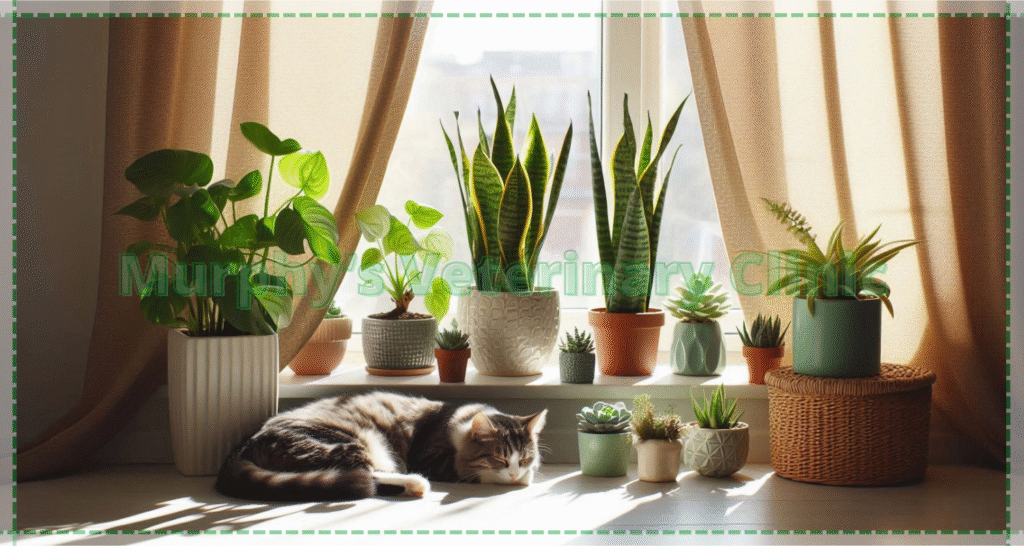
How to Choose Safe Plants for Your Pet
When decorating your home, plant safety should be a top priority. Before bringing new greenery indoors, confirm that it’s pet-safe. Reputable sources such as ASPCA provide updated plant lists. Keeping safe plants for pet helps maintain balance between beauty and safety. Avoid placing plants near feeding spots or bedding. Even with non-toxic plants, moderation is key, and a vet’s advice is always valuable.
- Research Every Plant First
Look up toxicity info for dogs, cats, or other animals. - Buy Verified Pet-Safe Plants
Choose labels that clearly state non-toxic. - Strategic Placement Matters
Keep plants out of your pet’s usual zones. - Limit the Number of Plants
Too many may tempt pets to chew. - Ask a Vet Before Big Changes
Especially if your pet has prior reactions.
| It is important to remember that any plant, regardless of whether it is classified as toxic or non-toxic, has the potential to trigger allergic reactions in pets and humans alike. The allergenic effects can come not only from the plant’s leaves, flowers, or sap, but also from microscopic particles such as pollen, dust, and plant debris that accumulate on its surface. In addition, plants can sometimes act as carriers for fungal spores or other microorganisms, creating a pathway for the transmission of fungal disorders, especially in warm and humid environments where such pathogens thrive. Therefore, when choosing plants for your home or garden, it is wise to consider both their chemical safety and their potential to cause allergies or spread infections. |
Conclusion
Choosing safe plants for pet allows you to enjoy a greener lifestyle without endangering your furry friends. From your living room to your backyard, plant safety plays a vital role in animal health. This article helped you learn which plants help and which ones harm, how to spot poisoning symptoms, and what to do if emergencies occur. When in doubt, always refer to trusted resources or professionals. With proper planning and awareness, you can confidently surround your pet with natural beauty that’s also completely safe.
Murphy’s Veterinary Clinic in Oman offers expert advice on identifying and selecting safe plants for pet in any indoor or outdoor environment. Whether you’re unsure about a specific plant or facing a potential emergency, their experienced team can assist with diagnosis, plant analysis, and pet treatment. Murphy’s helps pet owners build healthier homes—one safe leaf at a time.


